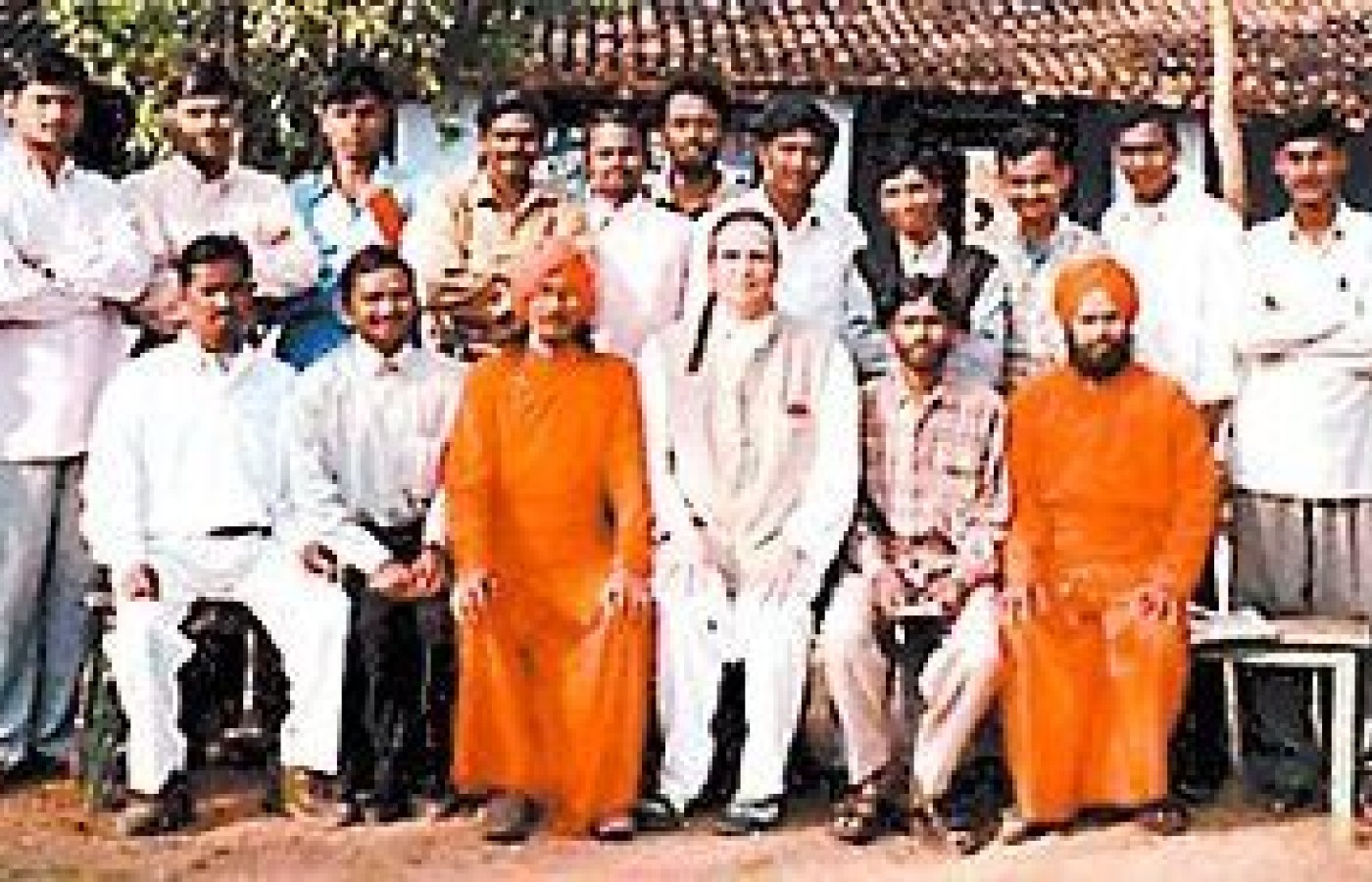Whether you accept it, avoid it or live somewhere in between, insurance coverage has become a defining issue for our profession. Patients increasingly expect to use their benefits, practitioners want to be compensated fairly for their time and expertise, and the system itself remains – at best – fragmented. The encouraging news is that coverage has expanded in meaningful ways. The challenging news is that reimbursement, across the board, remains inadequate.
Acupuncture in Ananda Nagar: A Place That Has Captured My Heart
Ananda Nagar is a place where even the most basic medical needs of the population go undiagnosed and untreated. It is a place where malnutrition alone has played havoc on the health of the population for generations. It is also a place of beauty, spirituality, compassionate people, and the Free Clinic and Acupuncture Institute of Ananda Nagar (AIAN), which is transforming hope into reality.
In 1995, I heard about this community near Pundag, in rural West Bengal, India, and its struggle to keep the free clinic open. Working solely with international grants, a German acupuncturist named Kalyanika opened the free clinic in 1990 and started a training center there. Gaining the trust of the people, who at first questioned the practice of acupuncture, she soon saw between 25 and 40 patients every morning, five days a week. After hearing about the clinic, my desire to do service work as an acupuncturist suddenly found direction. I decided to visit for a few weeks to see how I could help out. I felt the best way to show my gratitude for my fortunate education and circumstances was to share my skills.
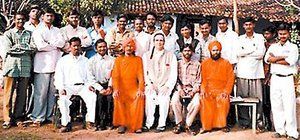
The hope and enthusiasm of the community completely awed me. The way they had embraced this form of medicine, and the dramatic results I witnessed, filled me with inspiration.
The clinic's patients come from all walks of life. Many of them live in surrounding villages within a 15-mile radius. They walk for hours to be treated. Some ride bicycles or spend a full day on a train. Many come carrying babies, and all have waited until the pain becomes intolerable. In this, the patience of the Indian people becomes clear. They believe in the dharma that is part of their Hinduism, accepting (as per their traditions) what they have been dealt with in life and responding in kind.
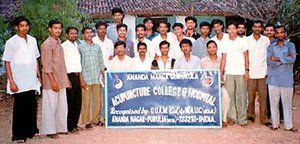
In the Indian language, "Ananda Nagar" means "The City of Bliss," but here in the city, acute and serious chronic conditions have affected the overall quality of life drastically. Some have been dealt generations of chronic malnutrition. Lack of medical care has led to the proliferation of conditions including headaches; backaches; all manner of pain in the joints and muscles; insomnia; severe and chronic digestive and bowel disorders; infertility; vaginal prolapse from excessive childbirth; learning disabilities; energy deficiencies; and skin and degenerative diseases rarely seen in our society, including leprosy and polio. In traditional Chinese medical terms, we see much in the way of wind heat; cold wind heat with or without dampness (depending on the season); excess and deficiencies of qi and blood; liver fire flaring upward to no fire at all; and spleen deficiencies that affect digestion, phlegm and blood.
The needs of the children are the greatest, and they benefit the most from treatment. They have shining eyes that are full of shen, but they are not developing mentally or physically. Some four-year-olds cannot even hold up their heads, feed themselves or find the balance to walk.
While patience abounds in Ananda Nagar, and compassion flowed to and from me, there was one major flaw in the project that didn't set well with me. The institute was designed based on a one-year curriculum.
I am a 1985 graduate of the New England School of Medicine, and hold fast to the belief that the study and learned application of acupuncture require at least three years of courses. There is too much knowledge left uncovered; too much experience one is unable to partake of in one year's "crash course" time. Patients deserve our best. While I enjoyed helping out in the three weeks I was there, I felt I couldn't become more involved with AIAN such as it was. Later, when Kalyanika had moved on, I was asked to do just that: become more involved, to the point of becoming the institute's director.
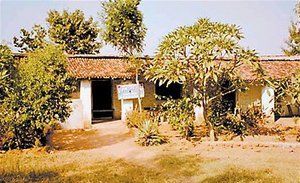
I saw this as an opportunity to raise the standards of this otherwise wonderful project. I agreed to take on the directorship under one condition: AIAN would have to implement a proper three-year program to bring the school up to international standards. Stressing the utter importance of quality care, I brought them around to my insistent level of standards, and was pleased to find no less enthusiasm than before. The tremendous need of these patients, and the acute desire to learn displayed by the students, led everyone involved to agree to revamp the training standards. Thus, AIAN is now a three-year institute, and in 2002, we proudly graduated our first class of acupuncturists!
Students come from a variety of backgrounds. About 15 percent come from the surrounding community and have a basically good public education, but with a deficit in study skills. The other 85 percent come from within a 30-kilometer radius; mostly boys who qualify for college and cannot find anything of quality near their home. Many students come from the closest city of Bakaro, nicknamed the "Pittsburgh of India" because of the large steel industry there. A few other students hail from Patna, and as far away as Calcutta. In rural India, it is not a girl's role to receive an education. This way of life is generations- and centuries-old. It will take time to change this, but we are pushing the idea of coeducational classes.
Our approach to turning out quality students in India is special. We aim for high grades, igniting the study habits that most of these students are not yet aware of. Our goal is to provide a quality education of international standards while developing a strong connection to the existing medical community. Our course outline is designed to expose our students to a variety of diagnostic approaches and treatment principles from Five Elements to Eight Essentials, with a full understanding of zang/fu relationships. We stress the ability to make a sound diagnosis, a realistic treatment plan, and coherent communication with the patient. Our outline also exposes the student to a variety of health care modalities, from allopathic procedures to homeopathic treatments and yogic studies, so the student can refer patients to an individual treatment approach that will best serve each patient. Students select a major that makes up about 90 percent of their academic studies. The other 10 percent is designed to expose the student to other modalities of health care. We impress upon our students the concept that the priority is the healing of the patient, not how the patient gets well, or who gets credit for healing.
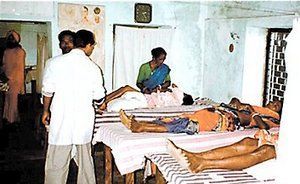
With our present limited staff, we don't schedule classes in the morning. Instead, the students learn and assist in real-life situations. We provide free clinic care for anyone who comes to the clinic, and when the last patient has been seen, the clinic transforms into an actual classroom. Second- and third-year students are responsible for three shifts per week in the clinic: one shift to observe diagnose and return reviews at the new-patient desk, and two shifts observing and administering needle placement and clean needle technique. We strongly encourage all students to do extra shifts in the clinic and join study groups with other students. Through Gurukul, the university at Ananda Nagar, we offer a variety of medical programs, including community medical services; a physician assistant program; a rural veterinarian program; homeopathy; and local herbal lore.
Assuming the role of director also meant assuming financial responsibility for AIAN. As you can imagine, this has been quite a challenge. So far, my small practice in rural Vermont has been the sole financial support system for the institute. My patients are all aware that we are acting as a "sister" clinic, and many of them choose to donate to the project by adding two dollars to each office visit fee to go toward AIAN. Some have given larger one-time donations. Some donate their time and expertise in areas such as bookkeeping and computer skills. Patients and affiliates have donated supplies for the school such as books on Oriental medicine; disposable needles; and boxes of moxa poles. One business donated a laptop computer, which ahs helped so greatly we now yearn for another! All of these supplies are desperately needed and greatly appreciated.
It is my hope that the idea of becoming a "sister support clinic" will expand, as donations from one small practice in Vermont are helpful, but much more is needed. Anyone interested in becoming a sister clinic can contact me at the phone number and/or address listed at the end of this article.
Here in the busy West, where abundance and consumption have clouded our perception of global life standards, it is perhaps hard to imagine living conditions such as they are in places like Ananda Nagar. It is also surprising to learn how far one U.S. dollar will stretch in such a depleted and desperate part of the world. Two dollars in coin change lost between cushions or under a floor mat goes so unnoticed here in the U.S., yet that two dollars can buy dinner for a family of six in rural India. Remarkable, isn't it? Consider, too that $50 in U.S. currency is equivalent to a full month's salary for a doctor at our clinic - and they consider themselves well-paid. Many small donations can make a tremendous difference here!
We are currently considering another idea with a personal flavor. In the future, it may be possible for individuals or sister clinics to sponsor a particular student, set up a scholarship fund, or perhaps "adopt" a class and write the course outline. These ideas are still on the drawing board, but we are excited about them. Any interests or comments are welcome.
Our small staff is comprised of wonderful, giving people who have foregone more lucrative gains in the private sector. These committed acupuncturists from India have chosen instead a lesser income for the chance to make a difference serving their community. Always shorthanded, our commendable staff wears many coats. Everyone pitches in where needed, to teach, treat, or even do paperwork. The atmosphere of community is so strongly felt that we are all excited and certain of a successful future, and while we are maintaining and advancing, there is always the need for more staff (along with other needs such as supplies, space and funds). Sometimes the irony is baffling. For instance, we have a husband-and-wife team of certified acupuncturists who are as eager to join us as we are to have them. The holdup is in finding and financing permanent housing for them!
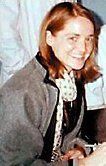
Good health care providers and volunteers alike are always welcome and needed. This is another area in which we hope to generate the interest of others. It is one area in which fellow acupuncturists have found much grace and gratification. Initially coming with a desire to help and change the lives of hundreds less fortunate, volunteers find their own lives are enriched as well. Serving humanity is indeed an experience that will remain with you forever. Those who come to AIAN experience India in a spiritual setting. Peace and hope seem to dawn each day with the rising of the Indian sun. Those who come are not disappointed. Acupuncturist Allison Quiring traveled with me to AIAN last year. She volunteered her healing and training services at the clinic for five weeks before continuing her trip to other parts of the country. Later, writing of her experience, Ms. Quiring said, "I had the unique opportunity of being welcomed into the homes of teachers and students, which I did not have so often during the rest of my travels. Although I traveled quite extensively in India and Nepal after volunteering at Ananda Nagar, I found my experience as a traveler comparatively quite superficial. It (AIAN) was easily the highlight of my trip."
AIAN provides volunteers with safe, clean housing in a peaceful environment, and we offer wonderful vegetarian meals, Indian style! If you feel compelled to share your skills and experience - and your heart - by becoming a visiting teacher or practitioner, this is a unique opportunity. It is a wonderful chance to experience rural India in a healing, spiritual setting.
Today, AIAN's free clinic treats 40 to 60 patients a day. During 2001, we treated a total of 3,972 patients; nearly 600 of them were children. For the future, we hope to become a part of the new Ananda Nagar Medical School, with its emphasis on integrating, one campus, studies from both Western and Eastern disciplines. We are also working toward an international educational exchange program.
All of AIAN's plans and goals center on the idea of self-sufficiency; of reaching a time when all patients are cared for on a continual basis by a full in-house staff who are not so dependent on visiting practitioners. We wish to educate and thereby enable the community to help itself in the future.
I travel to Ananda Nagar every year - sometimes twice a year. As with Allison, I would gladly accompany anyone who has a desire to come and see, and change the lives of many. All inquiries are welcome and appreciated. If you have other ideas about how to help continue this living dream of free acupuncture in rural India, please take the first step and contact AIAN at the address below.
Any written correspondence or tax-deductible donations should be sent to:
Acupuncture Institute of Ananda Nagar
573 Rankin Road
North Fayston, VT 05660
